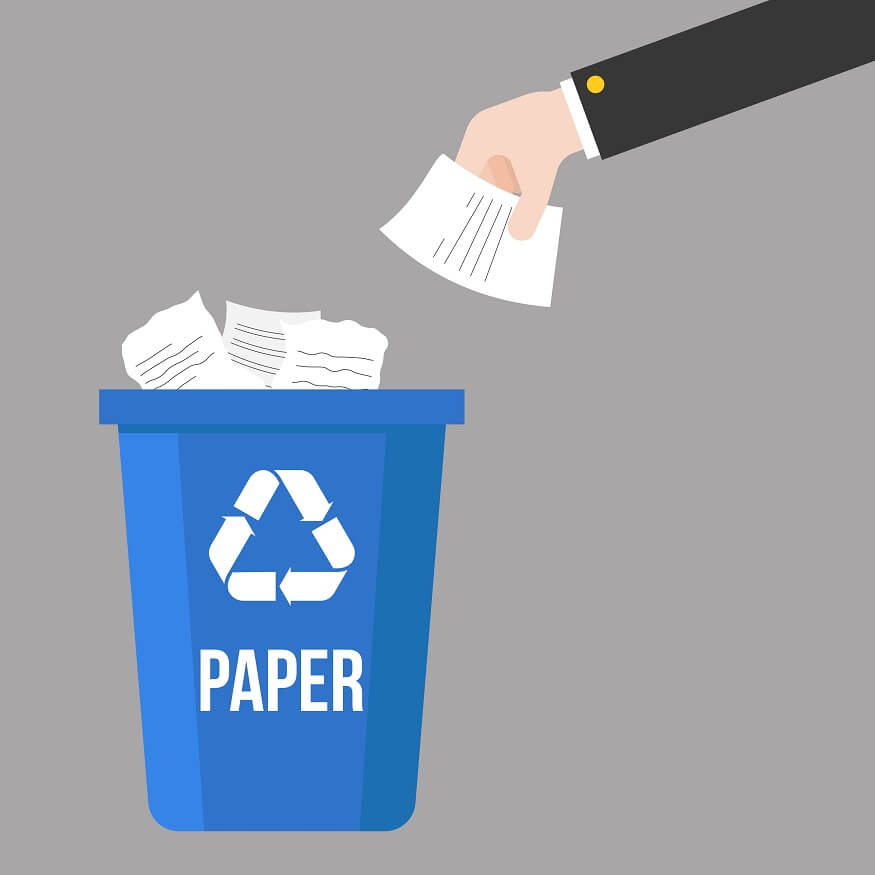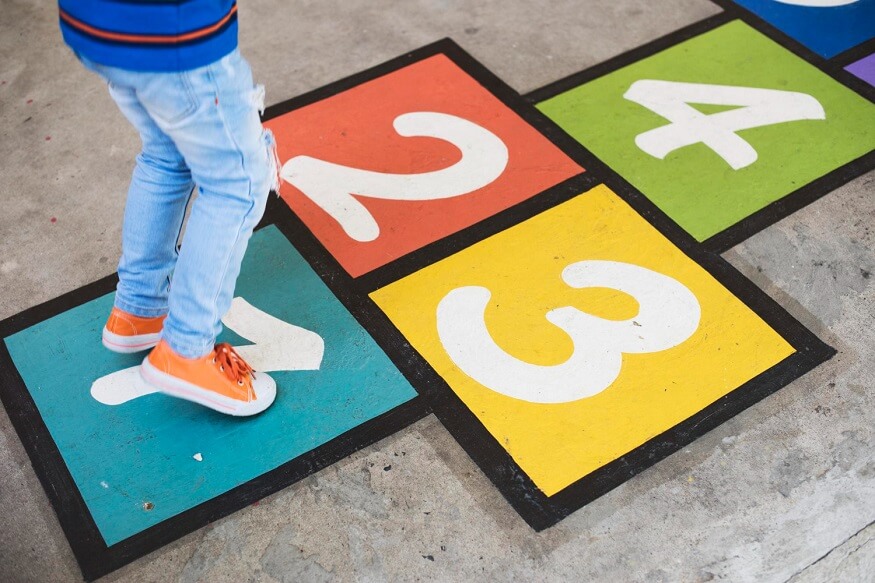In today’s digital age, it is ironic that we consume more paper than we ever did before the advent of computers and digital technology. No doubt, paper is an indispensable part of our lives. Yet, in our current era of environmental awareness, one of the most overlooked areas is the conservation of paper.
The truth is that the overuse and waste of paper impacts not only our economy but our entire environment. According to the Rainforest Foundation, over 32 million acres of forests disappear each year, partly due to our demand for paper products.
Fortunately, it is possible to reduce this waste by instilling eco-friendly and sustainable values in the younger generation. Teaching kids to save paper is an integral part of this movement towards more sustainable living, as it instals an early appreciation and responsibility for nature conservation.
In this blog, we will present effective ways in which you can impart paper-saving habits to children.
Also Read: Nature Conservation Importance and Tips
- Lay emphasis on the WHY
- Be a Role Model
- Practice reuse
- Incorporate digital methods
- Encourage Responsibly-Sourced Paper
- Make it fun
- Cultivate mindful living and community engagement
- Organise field trips
Children should be educated on why it is crucial to save paper. Always link the act of saving paper to the bigger picture – conserving forests, protecting the environment and wildlife, and reducing pollution caused by paper manufacturing processes.
Emphasising the longer-term consequences will enable kids to appreciate the importance of saving paper on a larger scale.
The emphasis on “Go Green” has been amplified over the last few years, with people of all ages becoming increasingly aware of their habits and choices on a global scale.
A child’s education begins at home. Parents who demonstrate good paper conservation habits set a solid foundation for future behaviour.
Simple actions such as printing on both sides of the paper, utilising scrap paper for notes, rough work, quick notes or drawings before recycling, and handling reading materials carefully to extend their life span will go a long way in conserving the precious resource. Provide digital alternatives where practical – like using a tablet for drawing or note-taking apps for reminders.
Demonstrate good paper management skills by avoiding unnecessary printing, using smaller fonts, and utilising digital tools for communication and record-keeping
A significant way to teach children about paper conservation is by introducing them to recycling. Reusing paper is a simple yet effective way to save this resource. Encourage kids to make use of scrap paper for their projects, sketches, or even rough work for their homework. An old newspaper can be transformed into exciting crafts, teaching both creativity and resourcefulness.
Inculcate in them the habit of segregating waste, classifying used paper separately to recycle it into paper-based crafts.
If they use paper towels or napkins, teach them to use only as much as needed, and provide cloth alternatives whenever possible. Repurposing paper, such as newspapers for wrapping or padding, also offers options for creative reuse.
Also Read: The Importance of Environmental Education
With technology at our fingertips, digital methods of communication and learning should be encouraged as a replacement for paper.
Introducing children to online reading resources, encouraging them to type rather than write assignments, and advocating for electronic communications can save huge amounts of paper over time.
Since schools play an important role in instilling values in children, they can implement eco-friendly practices such as using digital whiteboards, minimising printed handouts, and encouraging reusable notebooks.
They can adopt a paper-free approach to sending assignments which will reduce paper waste to a large extent.
When paper use is unavoidable, advocate for the use of sustainably sourced, recycled paper products. Encourage the use of recycled products by explaining to them the significance of the recycling symbol on products.
Teach them about tree-free paper products made from materials such as bamboo, sugarcane, and others.
Make saving paper fun by creating games, activities and challenges that involve using less paper or recycling. Involve them in craft activities using old newspapers, used notebooks, and envelopes.
This fun learning experience will not only enhance their enthusiasm for saving paper, it will make the concept much more enjoyable. Involve kids in DIY projects like making paper from shredded paper scraps or making origami.
These hands-on activities will make learning enjoyable and encourage kids to think critically about their paper usage.
Organise awareness activities using interactive group presentations on paper recycling, and hands-on workshops or competitions where students create paper from recycled materials.
Foster a sense of mindfulness in children about the resources they are using and encourage them to consider creative alternatives before reaching for the paper. Responsibly questioning their consumption habits, will help them make deliberate choices in alignment with their values.
Create awareness amongst them to instil responsibility and accountability for their consumption patterns and make eco-friendly lifestyle choices.
Get them involved in community engagement activities related to sustainability. Get them to participate in local cleanup events or collaborate with environmental organisations to run paper reduction campaigns in and around their locality.
Plan visits to recycling centres and paper mills, to show kids the paper lifecycle, from production to recycling, and the importance of conservation.
Extend the learning beyond the field trip by incorporating follow-up activities in the classroom. These could include group discussions, creative projects, or presentations about the field trip experience and paper conservation.
Also Read: Ways to teach Biodiversity to Kids
Conclusion
Teaching children about saving paper equips them with knowledge and values that will benefit them and the environment in the future. It is only by fostering a culture of conservation in our children, that we can take a pivotal step towards a more sustainable future. It is only with consistent effort and positive reinforcement, that kids will learn that each person has an essential role in protecting and preserving our natural world.
At EuroSchool, we embrace digital resources for teaching and learning. We encourage the use of digital textbooks, online research, and online note-taking to reduce the need for printed materials. Through some of our digitally enabled practices, we emphasised on the importance of saving paper to instil environmentally conscious values in children and contribute to a more sustainable future.










